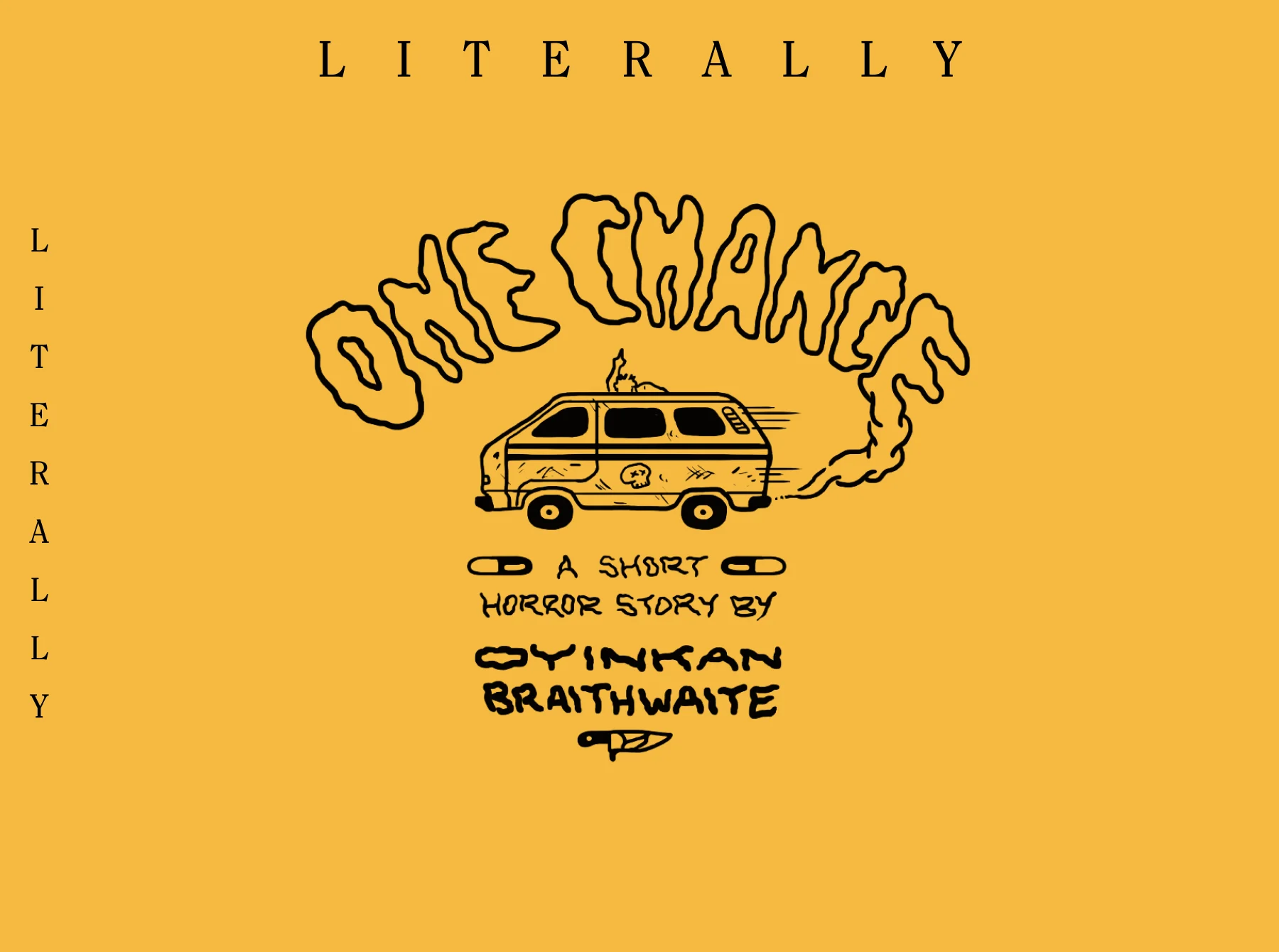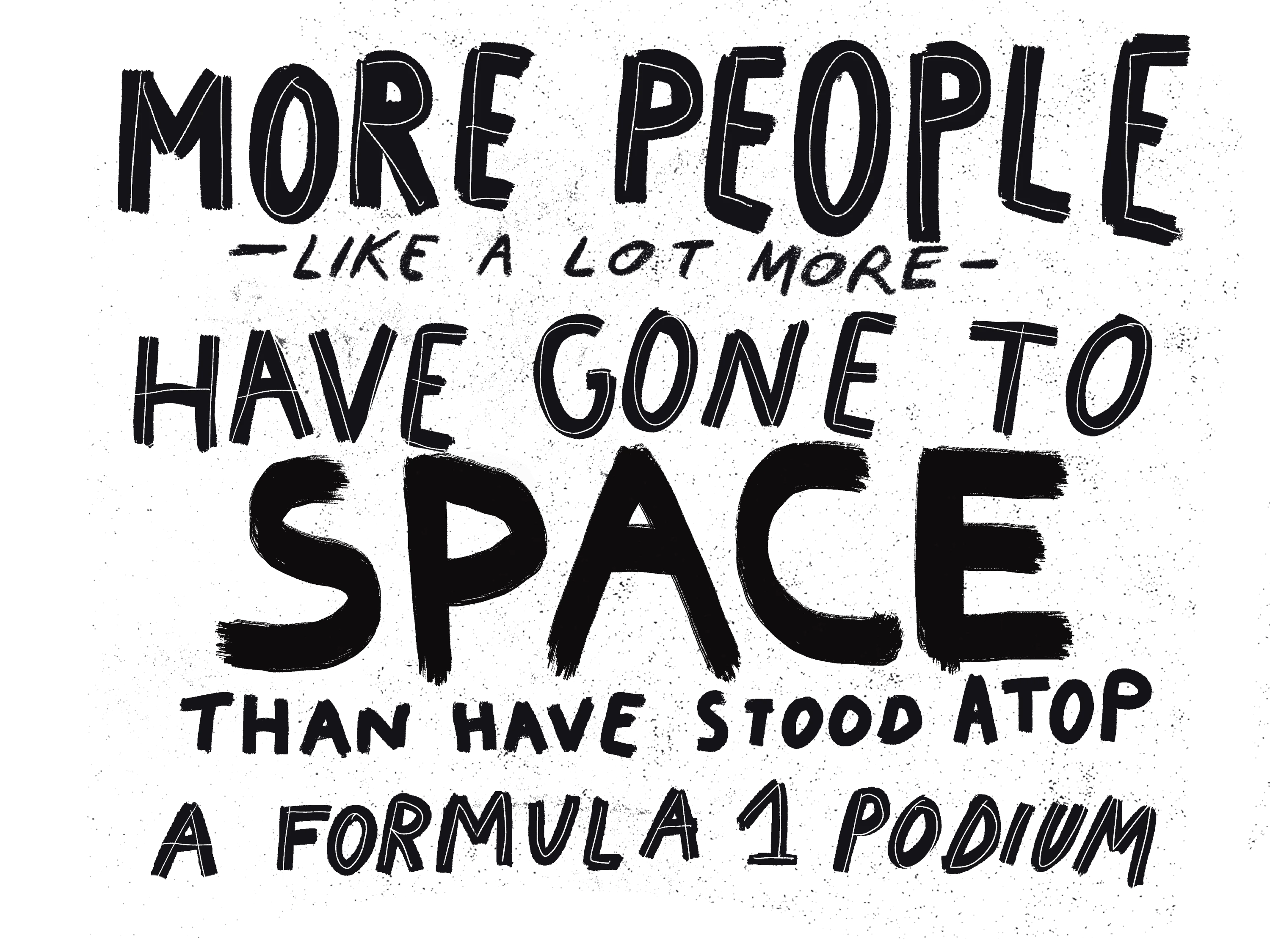

Big stick with a big clip, make you back, back / In a coupe with the stick shift, we be ridin' fast
— Trippie Redd
The only people who would buy an old-fashioned gear stick manual are the sort who choose not to have a washing machine because they prefer to clean their clothes in the local river.
— Jeremy Clarkson

On a humid late summer afternoon, I took the R train to Ferrari Driving School in Astoria, Queens. I wanted to learn how to drive stick shift, and Ferrari seemed like the place to do it. There was the exotic name, for one. “I’m going to Ferrari Driving School,” I proudly told a local barista that morning as she poured me a cold brew, as if I was going to Formula 1 training camp and not a driver’s ed school tucked between two delis.
It’s also one of the only places in New York that still has a few manual transmission cars. These days, only 1% of cars produced for sale in the US are manual, and only 18% of American drivers have bothered to learn.
When I called to schedule my appointment, the guy on the other end couldn’t believe I was neither trying to become a truck driver nor rent a car in Europe, the only two situations that would motivate someone my age to learn how to make city driving even more inconvenient. Stick, he explained, is dying out. I signed up for the next available slot.
When it was time for my lesson, I hopped in a Volkswagen Jetta with Michael, a laid-back instructor with a thick Queens accent. I eyed the stick shift lever warily as I put on my seatbelt. Michael gave a similar look to my dangly pearl earring. After an uncomfortable silence, Michael suggested we find a quiet stretch of asphalt.

Up to that point, I was the only member of my family who couldn’t drive a manual car. Driving is in our blood: my grandfather, Joe, the family patriarch, was a hobbyist racing driver who retired young so he could do laps in his 1959 Lotus 7 at weekend warrior grands prix. On Sunday mornings, my brother and I would find him watching far-flung Formula 1 races on the TV, and when we sat next to him on the couch he’d tell us about the sport’s great heroes, like the late Peter Revson, who to this day remains the last American-born driver to win an F1 race. (More people—like, a lot more—have gone to space than have stood atop a Formula 1 podium).
Joe and Peter, in fact, were old friends. They met at a boarding school in Massachusetts full of boys who had been too focused on girls and cars at less rigorous institutions. Joe was an artsy class clown, and Peter was a reserved, slightly chunky football fullback. Like many young men before and after them, they had both tasted a slightly savage freedom behind the wheel of an automobile. Paired up as roommates, they must have discovered their shared gearhead language early on. They would soon become inseparable.
After college, Joe became an ad man while Peter, who had dropped out, made his way in the F1 world. Peter was seen by many in the paddock as a rich playboy—he was an heir to the Revlon fortune who wore Savile Row suits and dated beauty queens—but he was a fiercely intelligent driver, intent on proving he had earned his place on the grid. When they were both in New York, Joe and Peter would meet for dinner at long-gone French restaurants uptown. The night before Peter got on the plane to the 1974 South African Grand Prix, where he would die in a fiery wreck, he and Joe had one final meal together. As Joe got older, such stories seemed to become easier to share.
Growing up, I didn’t understand the glory of motorsport, the way in which it reflects our desire to conquer machines—and to conquer our own fears. I was a delicate and sensitive kid, and all I saw in car culture in post-9/11 America was a tragic farce. In my suburban neighborhood, the Hummer became the mom car of choice, and Nascar viewership came to feel like something of a patriotic duty. I opted out. I was much more interested in my mother’s copies of Vogue than my grandfather’s Motor Trend. I wanted to pursue a life of beauty and elegance, I maintained. Not… oil changes and crankshafts.

Which didn’t preclude me from learning how to really drive; in that regard I simply had an attitude problem. The rest of the of-age children dutifully learned how to drive stick on an old truck my grandparents used to haul trash to the dump, the idea being that we would take over garbage duties. I made myself scarce on the afternoons they would practice in the nearby church parking lot, because I was also insecure. I hated going to the dump, but not as much as I hated the idea of trying and failing to master a skill so central to my grandfather’s life. I always thought Michael Jordan’s kids were crazy for trying to play basketball.
A well-dressed and kind man with a sense of humor dryer than Beefeater, Joe caught the auto bug from his father, Donald, an engineer and amateur carpenter whose desks are as sturdy today as the day he made them. Donald took a liking to British automobiles in particular. When Joe was growing up on Long Island, the family garage was like a Noah’s Ark of English whips: two Austin sedans, followed by two MGs, two Austin-Healeys, and a Jaguar saloon for good measure. While his neighborhood friends picked up football and baseball, my grandfather chose to spend his afternoons tinkering in the garage. Donald was a man of few words and not prone to flattery, but he marveled at Joe’s ability to fix the cantankerous British machines.
As an older man, Joe’s garage slowly filled up with the same English automobiles his father owned, the walls lined with Art Deco-style posters bought at far-flung Formula 1 races. A shelf began filling with trophies, too, that he brought back from the vintage sports car races he entered at storied tracks like Lime Rock and Elkhart Lake.
I rarely joined Joe in his garage—until I discovered how much merch he had brought home over the years. Before I knew anything about auto racing, I knew it produced an absolutely astonishing quantity of T-shirts, hats, bumper stickers, patches to affix to one’s driving overalls, and anything else you can slap a logo on. Racing was and is big business for sponsors with great logos—STP, Pirelli, Goodyear, Texaco, Gulf, and, before they were booted from the sport, Marlboro. (Not to mention the manufacturer logos of Ferrari, McLaren, BMW, Lotus, and others.)
It wasn’t the cars so much as these logos that planted the seeds of my interest in racing. One day in high school, I found an old red fanny pack emblazoned with the infamous Marlboro Racing logo in my grandparents’ attic. It looked faded and forgotten, but also whispered of a time that seemed infinitely cooler than the one I lived in, when F1 daredevils like James Hunt would smoke cigarettes before races, knowing full well that each dart could be their last. I wore it all summer.

I began a career as a writer and editor, a line of work where the greatest danger I faced was getting made fun of on Twitter. The aura of the racing lifestyle grew brighter, and I pilfered Joe’s stash of T-shirts next. An Australian Grand Prix T-shirt from 2002 emblazoned with the helmets of that year’s competitors. The shirt bore the patina of the many afternoons Joe spent on a dolly underneath his Jags and Morgans, with grease and paint stains that any LA streetwear designer would spend days perfecting and sell for $400. There was an Austin-Healey logo tee, the neck tattered as if it had been chewed on while watching a particularly treacherous race. A Grand Bahama Grand Prix tee from 1990 with a faded Rothmans logo on the front. Despite the yellow pit stains, I wore it to the first fashion week I attended. I didn’t know the first thing about the history of Rothmans in racing, but I knew I wanted to dress like the men who, in driving beyond the limits of sanity, simultaneously lionized themselves and humbled themselves before death. Who made a hedonistic and aggressive sport feel glamorous, even graceful.
I learned that Peter had been one of these men. Revvie, as his friends called him, had been one of the most stylish racers to ever grace the grid, and I could see his imprint in Joe’s own slick, dignified wardrobe, which came to define my own. I bought a pair of aviators like the kind Peter wore when he was teamed up with Steve McQueen at Sebring. Later, I found a photo of Peter wearing a slim white shirt and groovy flared jeans. It was taken in 1973, but I had worn a nearly identical outfit that day.
These echoes made me feel closer to my grandfather, but nothing beat the feeling of slipping into his garage and sitting behind the wheels of his cars. There was the MG TF 1500, the same model of car he drove when he met my grandmother in 1957. A Jaguar F-type and a XK150. (Even I had to admit the latter wasn’t just beautiful and elegant—it was beauty and elegance). And my favorite, the Austin-Healey 3000, the same model he once wrecked on a country road in upstate New York when going to visit my grandmother at her college.

Compared to modern cars, Joe’s looked like poetry. And compared to modern cars, they scared the shit out of me. The MG’s had a hard, bench-like seat and a thin wooden steering wheel. No air bags, no roll bar, no seatbelts. Hardly anything separates you from the pavement. Even if I could have driven them, I never once considered it in the same way most people don’t consider sticking a fork into a wall socket.
But I was never scared when I was in the passenger seat. Shifting gears with an effortless smoothness, Joe would open up the engine on straights and pick the perfect braking point to maintain the most amount of speed, safely, if not entirely legally, through the apex of every corner on the winding local roads we would roar through. For my whole life, I had considered driving to be a means of conveyance. But with each passing year I began to understand what Peter Revson meant when he described racing as “jazz.”
And then Joe started selling his cars.
In Astoria, several hours from Joe’s garage, Michael was trying to help me become America’s newest manual-driving citizen, but as he narrated the particulars of driving a manual, he couldn’t get above second gear. “Fucken traffic,” he grumbled.
A few things to remember about getting around New York on four wheels: New York drivers are assholes. New Jersey drivers are worse. Yellow cabs will get close but never touch you. (But some cabbies will still let you smoke in the back if you ask nicely.) Around Ubers, all bets are off. Don’t break the flow of traffic. Don’t block the box. Parking? Fuggedaboutit. Looking around, I felt faint.
Michael finally found a forgotten back road next to a pungent coffee roastery and gave me the keys. The gear stick was slippery in my palm. Getting going is the hardest part, Michael explained. From a stop, you push down on the clutch pedal with your left foot, put the car into first gear, and slowly release the clutch until you find the “friction point,” where the car begins quivering as the transmission engages with the engine’s flywheel. That’s when you smoothly lift off the clutch and give it some gas.

It requires a delicate touch: take your foot off the clutch too fast, and the car jerks to a stop, stalled. Too slow, and you’ll burn out your clutch. I couldn’t decide which option was more mortifying. “You’ll feel it in your foot,” Michael assured me.
I cursed myself for wearing thick-soled boots as I eased off the clutch. The car shivered and I hit the gas. We were moving. Eyes on the tachometer, I shifted into 2nd gear. I put it into 3rd like I was in a Fast & Furious gearshift montage. And then I saw a stop sign on the next corner. Michael, busy texting, hadn’t told me how to downshift, so I jammed the stick into 2nd and then immediately into 1st, my feet flailing. The car jerked to a halt on the white line, stalled.
I thought of Joe’s cars, which he began deaccessioning when the maintenance became too much for an octogenarian to handle. He still held on to his beloved Healey and MG, but I still worried that one day I might stop by his house and find a garage filled with nothing but faded posters. I calmly restarted the car and shifted into 1st. My life is dominated by devices; this was one machine I was going to master.
Gradually my shifts became smoother, my command of the car more natural. Driving about as fast as a retiree looking for parking, I could still feel adrenaline pumping in my chest.
After about an hour, Michael deemed me ready to hit the Queens streets. I puttered around Astoria Park, imagining I was racing around a circuit with a 25-mph speed limit. I stalled out again, at a stoplight, when an impatient driver (Jersey plates) honked at me and I jumped off the clutch. But nothing could dampen my pride. When I pulled up to Ferrari, the lesson over, I was exhausted and elated. I wasn’t playing jazz, far from it, but I was learning the scales.
Later that week, I had lunch with my grandfather, and announced that I had finally learned how to drive stick. His eyebrows shot up, like I had just told him I was getting married or investing in crypto. “Really?” he replied, a warm smile spreading over his face. Yes, I said. Would he let me drive the MG, sometime? “I’m ready,” I said. He laughed. “I’m not sure my gearbox is.” Time for more lessons.

Samuel Hine is the Senior Associate Editor of GQ and GQ Style. He co-hosts the Corporate Lunch podcast and lives in New York.
If you liked this piece, Sam recommends you watch Senna on Netflix, browse vintage Formula 1 merch on eBay/Grailed, and read The Secrets of The World’s Greatest Freediver by Daniel Riley in GQ.
Literally is WePresent’s slowly expanding library of written commissions by some of the best writers in the world. The hand-drawn typography on this page was created by Anna Kiosse.












